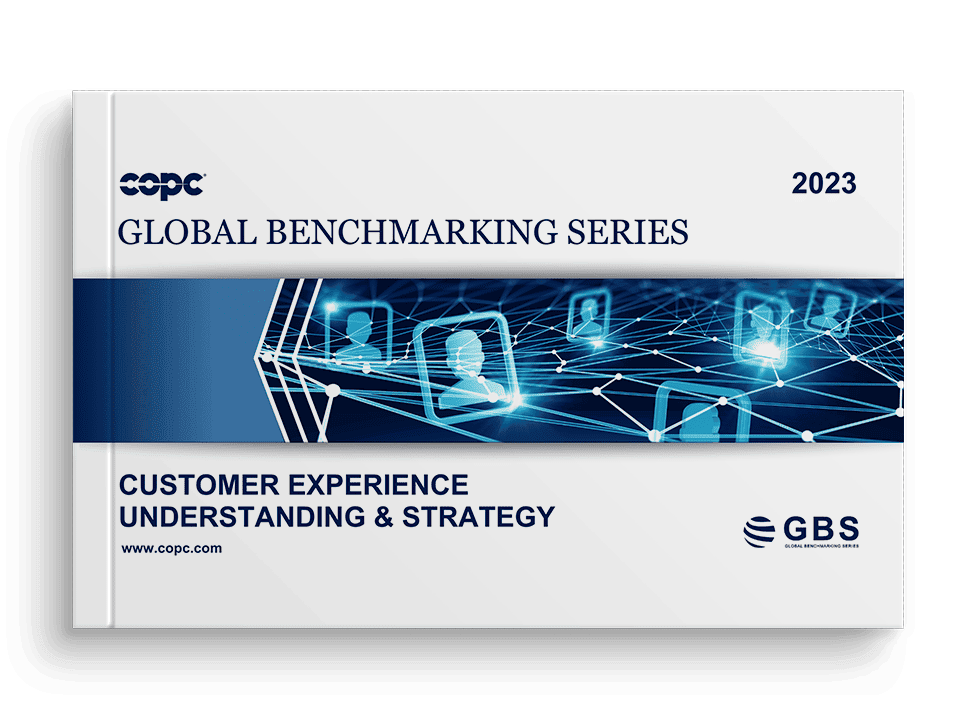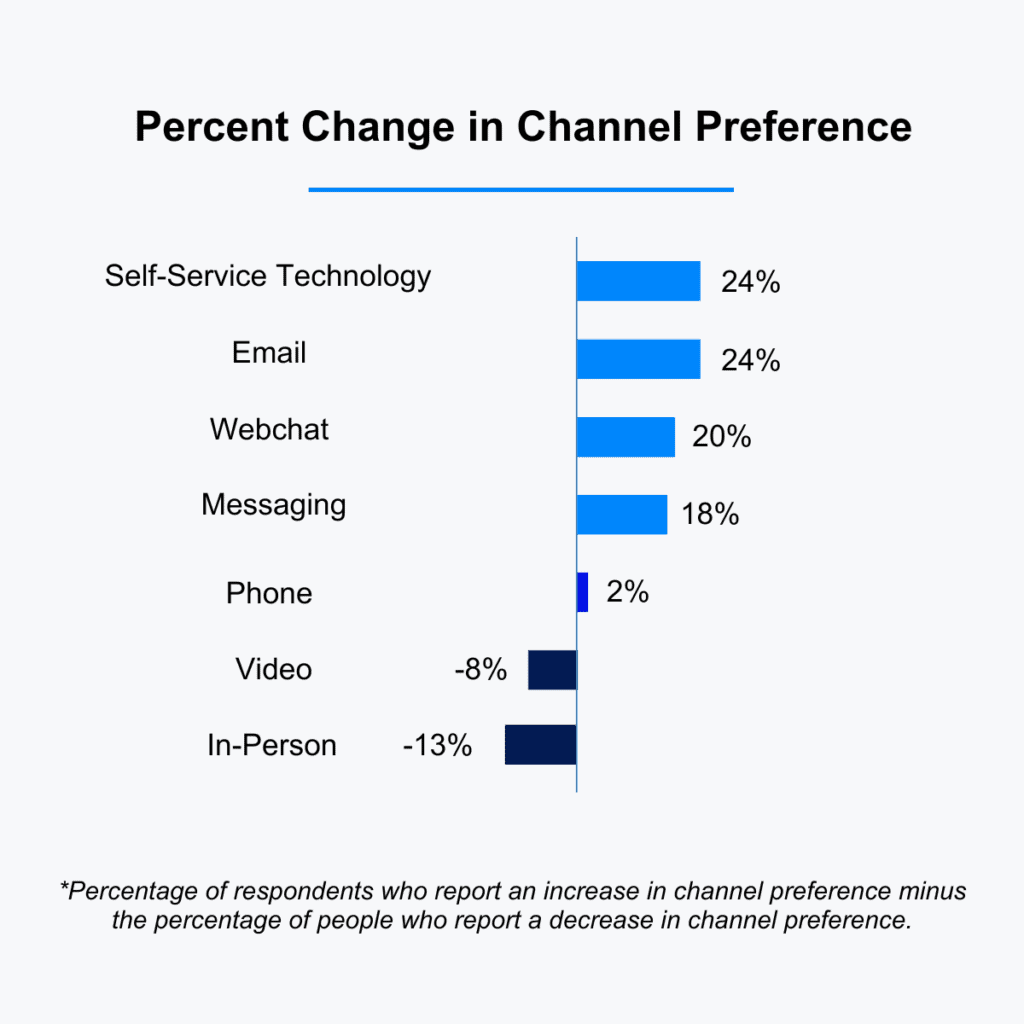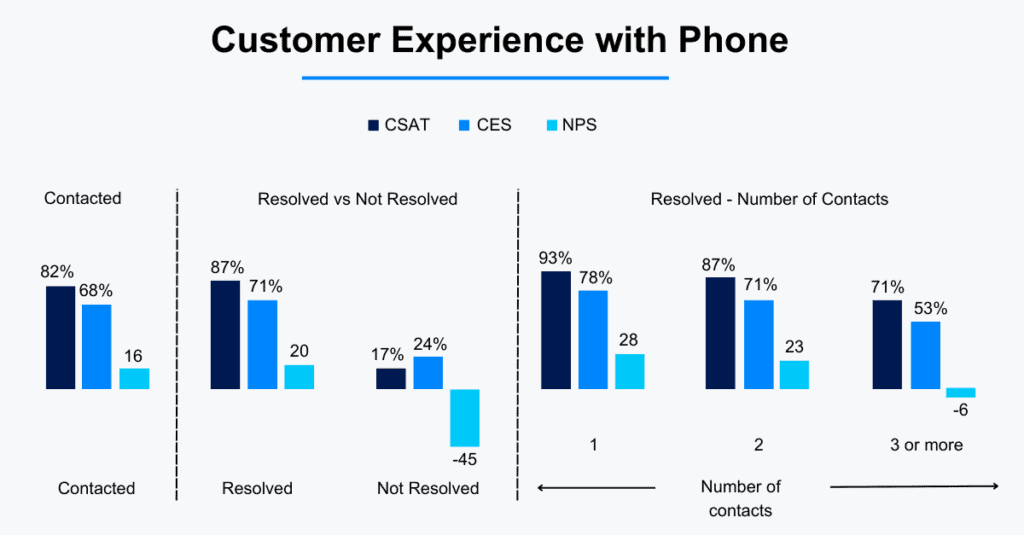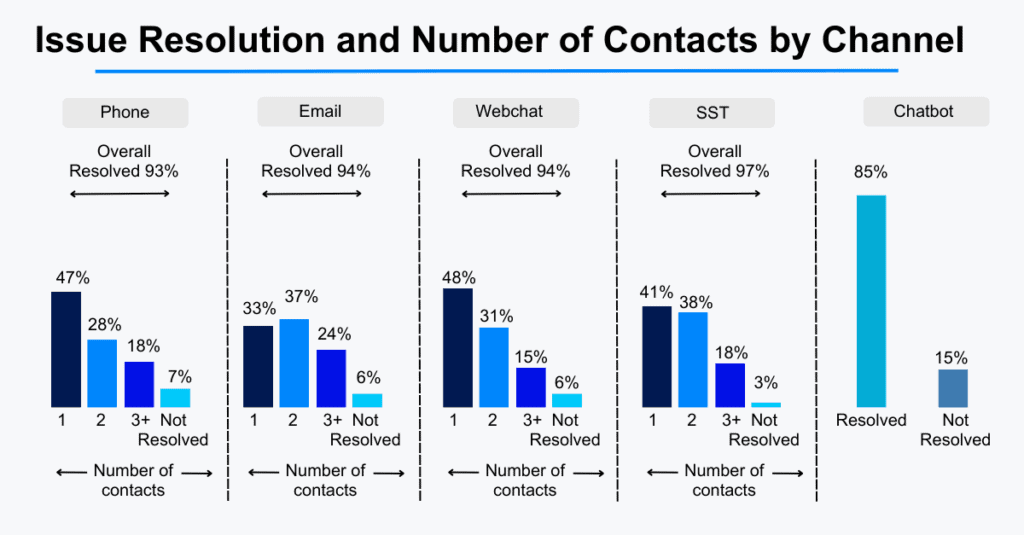
September 11, 2023
Getting your organization’s customer service channel strategy right can reduce operational costs and increase customer satisfaction. Customer support plays a significant role in how customers feel about an organization. In fact, 65% of customers say an organization has lost their business due to poor customer care.
This article examines results from COPC Global Benchmarking Series 2023: CX Understanding & Strategy research report, highlighting the importance of channel strategy.
COPC Global Benchmarking Series offers data-driven resources around timely issues, strategies and trends affecting contact centers and customer experience at no cost.

Planning an Effective Customer Service Channel Strategy

A channel strategy is an organization’s plan for reaching customers with its products or services. Channels serve two primary functions: selling to the customer or delivering customer experience (i.e., tech support, customer service, providing information, etc.)
Customer channel preference should influence the channels you make available to customers. Moreover, preparing to integrate future channels as customer habits change is essential.
Focus Channel Strategy on Increasing Issue Resolution
Bringing in new ways of communicating with customers is exciting. However, when contact center management and IT teams get caught up in the excitement, it can cause a misalignment between channel strategy and customer wants.
Customers ought to be able to choose whether to use multiple channels to solve an issue. Of customers who took a multichannel journey, 60% report being forced to navigate multiple channels due to either complexity or poorly designed customer service processes, which led to lower satisfaction levels.
First-contact resolution can drive up satisfaction. However, customer satisfaction decreases as the number of contacts increases. As seen in the chart below, satisfaction drops more than 20 points if a customer is forced to call three or more times to resolve their issue.
There is a financial benefit to prioritizing first contact resolution (FCR) because NPS has a link to increased spending, recommendations, repeat business, and lower churn. It is advantageous for organizations to avoid forcing customers into various channels through either issue complexity or poor service design.
Self-Service Technology vs. Human-Assisted Channels
When customers decide to use the self-service option, they expect a resolution. Failing to meet their base expectation drives down satisfaction. What we see is that self-service isn’t one-and-done. People are going to self-service more than once to get their answers.
Perhaps they don’t understand how to use the app or the web self-service. There is generally a learning curve with self-service technology before customers feel comfortable using it. In any case, only 41% of people found a solution upon first contact through self-service.
It is worth mentioning that first contact resolution happens less than half of the time in each channel represented here. The more contacts made to resolve a single issue, the more costs drive up and negatively impact customer satisfaction.
Summary
The fastest-growing channel preference is for self-service technology. Self-service inquiries are generally less complex than those seeking help via a human-assisted channel.
Of course, the more intricate a problem is, the more difficult it is to resolve. Organizations can streamline customer service by taking measures to identify complex inquiries upfront. Customers may then connect to the right customer service staff using the appropriate channels.
You can improve NPS and boost customer satisfaction through proper channel planning and design. Doing so helps ensure that customers get a resolution without changing channels or contacting you more than once.
Remember, the channel is a means to an end, not the end in itself. Customers want issue resolution as quickly as possible. It is issue resolution that drives customer satisfaction, and the closer we can get to resolving inquiries upon first contact, the better.

COPC® Service Journey Thinking offers a comprehensive approach to visualizing, designing and measuring the customer journey. Organizations can create a more personalized, streamlined customer experience with service blueprinting and better data usage.


